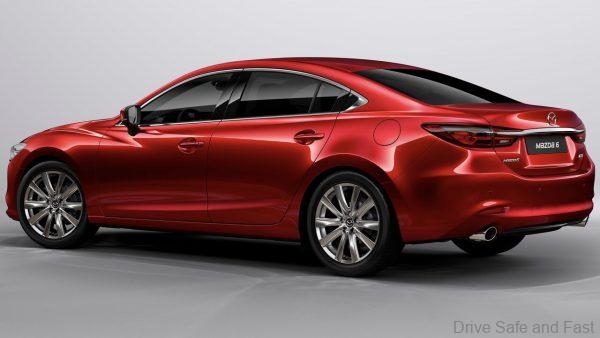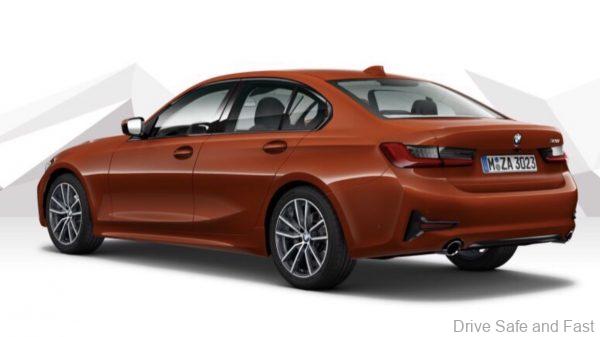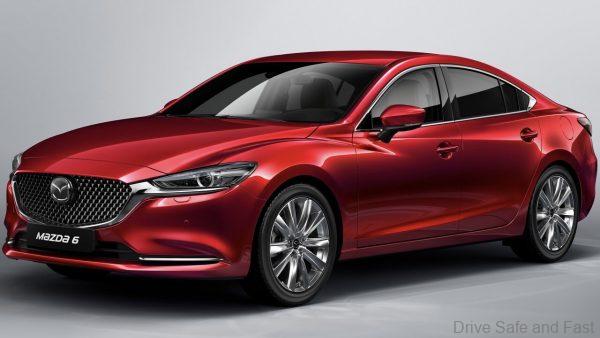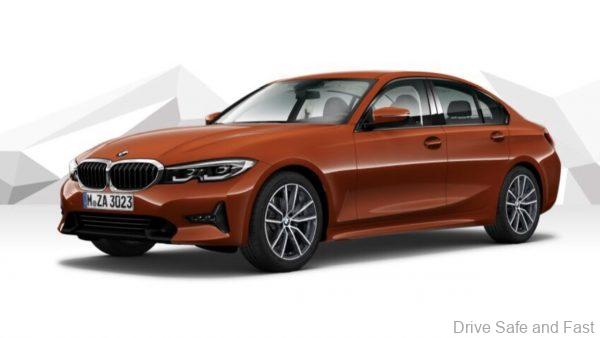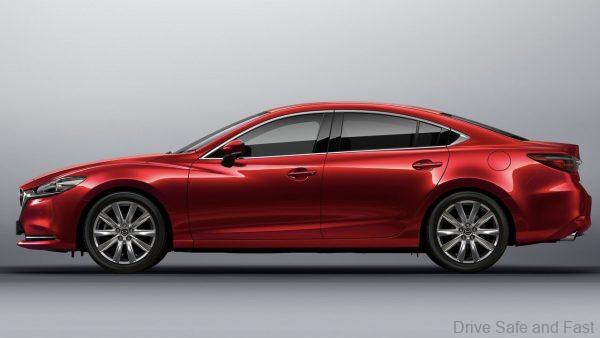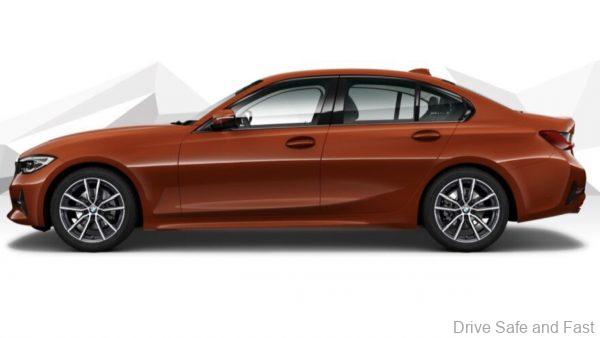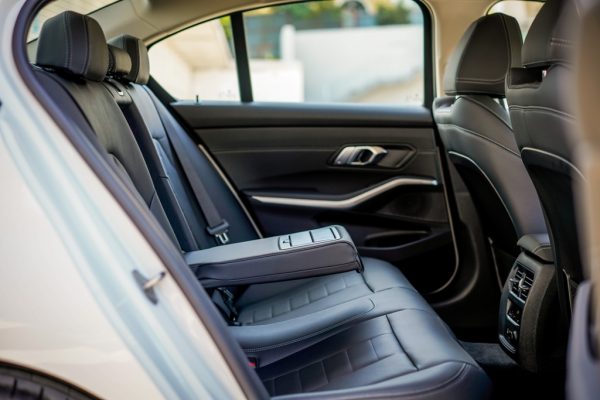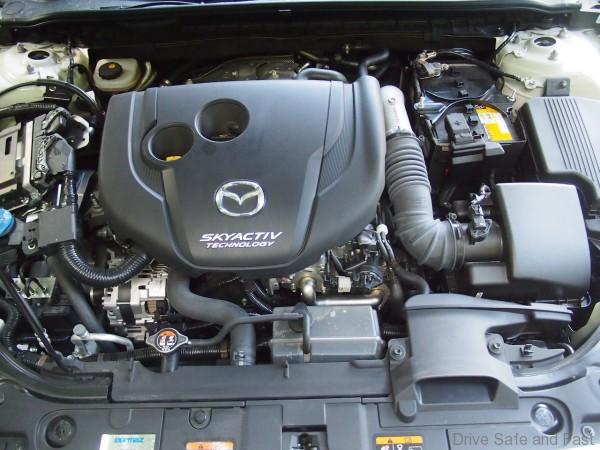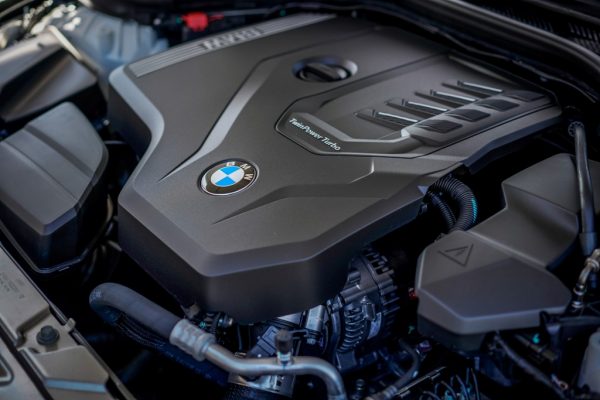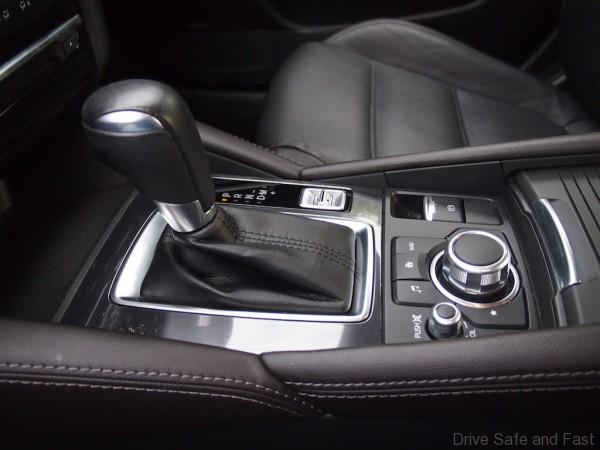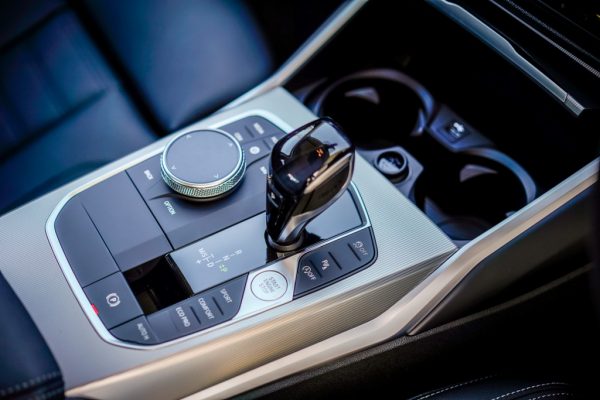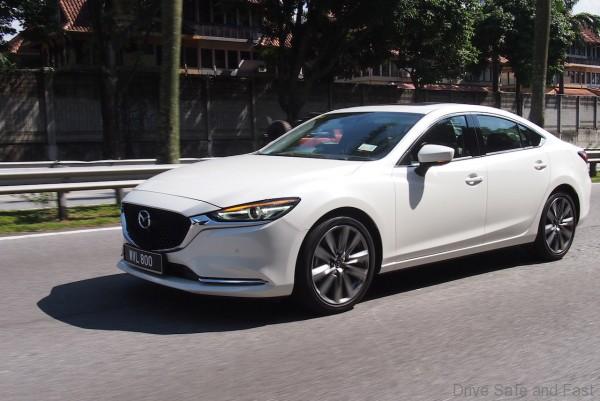We’ve done a few head-to-head comparisons on the website, usually using cars of a similar price bracket. Today, we’re going to try something a little different. We’re putting the Mazda 6 sedan up against the BMW 3 Series. Why? Well, mostly because just a few years ago, the price difference between D-segment Japanese sedans and smaller ‘Compact Executive’ sedans was a lot larger than it is today. Not only have Japanese D-segment sedans gotten more expensive, but German Compact Executives have gotten cheaper too. Today, many potential Camry or Accord buyers are willing to stretch their budget to get something a little smaller, but a little more ‘premium’.
So, the first reason for this comparison is because we feel it represents real consumer behaviour in Malaysia. The second reason pertains to the actual car models we’re comparing. The Mazda 6 and BMW 3 Series are very far apart on paper. However, we feel Mazda products follow a similar ethos to BMW’s. Both brands have put a great emphasis on driving satisfaction, high perceived quality and aggressive designs. So, in spirit the 6 and 3 are actually very similar.
For this comparison, we’ve chosen to pair up the most expensive PETROL variant of the Mazda 6 with the least expensive petrol variant of the BMW 3 Series: the Mazda 6 2.5 and the BMW 320i. Bear in mind that Mazda offers other petrol and diesel powertrains while BMW offer other petrol and plug-in hybrid variants in Malaysia.
Bear in mind, there seems to be some indication that the 2.5L Mazda 6 is only available in touring form, but the official website still lists the sedan variant, so we’re going with that.
Let’s start this comparison with the dimensions of these cars.

Size
As we mentioned earlier, D-segment sedans are a little bigger than compact executives, so you can expect some wins for Mazda here. Park these cars next to each other and you’ll notice the Mazda 6 is noticeably longer. Specifically, it’s 15.6cm longer at 4.865m versus the BMW’s 4.709m length. Despite that, BMW has packaged the 3 Series to have slightly better wheelbase than the 6. The difference is about 2cm, and this translates to the smaller car having equivalent or better legroom. Bear in mind that the 3 Series still has to deal with a transmission tunnel and prop shaft that intrudes into the cabin, as it is rear wheel driven. Mazda’s length advantage contributes to the car’s slightly larger boot and fuel tank (9L and 6L more volume respectively).
The 6 has a very slight advantage in height of about 1.5 cm and an even more tiny advantage in width of 1.3cm. Despite being a larger car with less use of aluminium, the Mazda 6 actually weighs 26 kg less than the BMW 3 Series. Now let’s compare the guts of these machines and the performance.
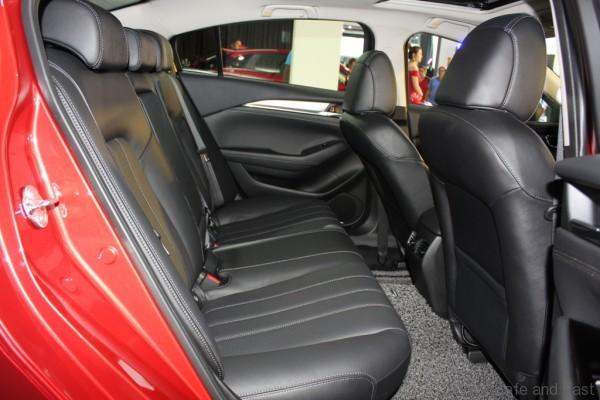
Performance
Both vehicles have 4-cylinder petrol engines with direct injection, 4 valves per cylinder and variable valve timing.
However, the Mazda 6 here comes with a naturally aspirated 2.5-litre motor while the 320i comes with a turbocharged 2-litre. It’s also worth noting that the BMW engine comes with variable valve lift (VALVETRONIC). The Mazda SKYACTIV-G engine has been in use since 2012 while the BMW B48 engine has been around since 2014.
In terms of power output, the Mazda engine returns 185hp and 250Nm of torque while the BMW engine gets 181hp and 300Nm of torque. While the Mazda enjoys a pinch more horsepower, the torque advantage of the turbocharged BMW is undenibly large.
Power is sent to the front wheels via a 6-speed automatic gearbox in the Mazda while the BMW gets an 8-speed automatic which sends power to the rear wheels. While Mazda manufactures their own gearboxes, BMW sources theirs from ZF. Both gearboxes utilise multi plate clutches as well as a torque converter. This kind of design ensures both smooth take off as well as a direct feel when shifting gears at speed. Most enthusiasts agree that the dynamics in a rear-wheel driven car are superior, but most car buyers will rarely exploit these advantages in day-to-day driving. That being said, having more gear ratios does allow for the BMW to cruise at lower RPMs and exploit power more effectively at any given speed.
In terms of fuel efficiency, Mazda claim 6.4L/100km while BMW claims 6.3L/100km. The century sprint is done in just 8.1 seconds in the Mazda 6 while the BMW 320i does it a while second faster. It’s also worth noting that the Mazda’s top speed is 221km/h while the BMW can keep going to 235km/h. The differences in this category are both noteworthy, yet minute. Fuel efficiency will always depend on how you drive and traffic conditions, and top speed is something most drivers don’t (and legally shouldn’t) try to compare. What is a win for BMW here is the fact that it accelerates more rapidly.
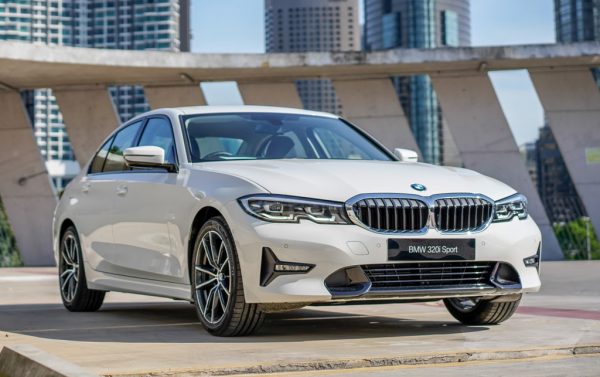
Equipment
Both cars come with tyres that are 225mm wide with a sidewall profile ratio 0.45 (101.25mm by our calculation). However the Mazda 6 comes with 19” rims where the BMW 320i Sport gives you smaller 18” wheels.
Both cars also come with power adjustable driver seats with memory function for the driver, split folding rear seats (60:40 on the Mazda, 40:20:40 on the BMW). Both vehicles feature a mix of analogue and digital dials. In the Mazda 6 the speedo and tacho meter are analogue while the third gauge is digital for other information. In the BMW, the speedo, tacho, oil temp and fuel gauges are analogue with a 5.7” digital display for other information.
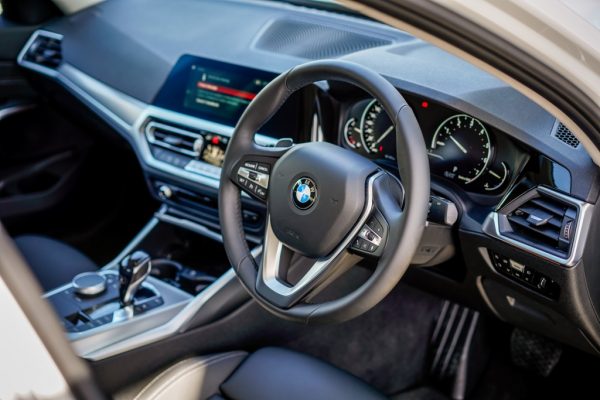
The BMW’s major equipment advantages include: an 8.8” touchscreen vs 8”, brake function on its cruise control, contactless opening boot, additional front and rear parking sensors (6+6 vs 4+4), Auto Parking, Qi Wireless smartphone charging, single zone rear auto climate control (vs just rear air vents on the Mazda).
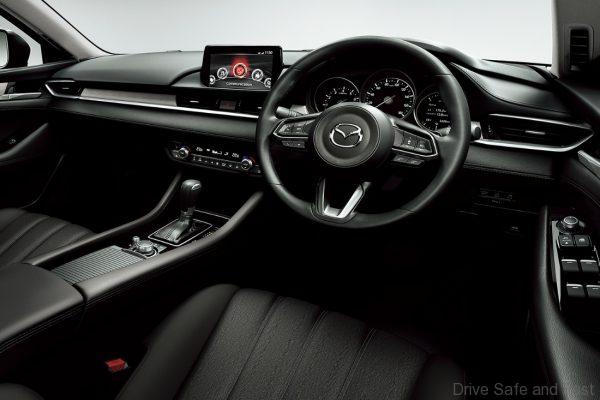
The Mazda 6 has its own equipment advantages to boast, including High Beam Assist, a front passenger sunroof, 11-speaker Bose sound system (vs 6 speaker setup), and a heads-up display for the driver.
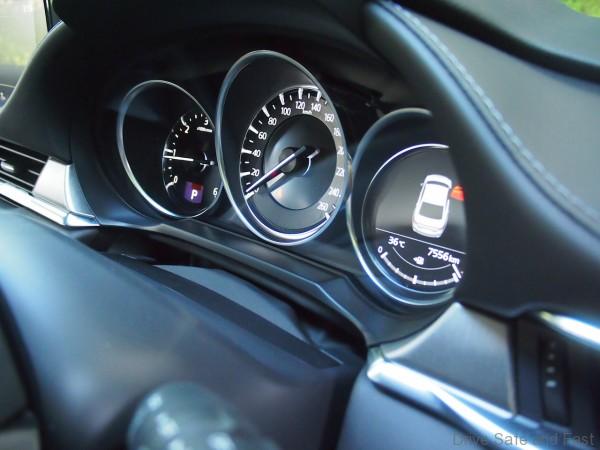
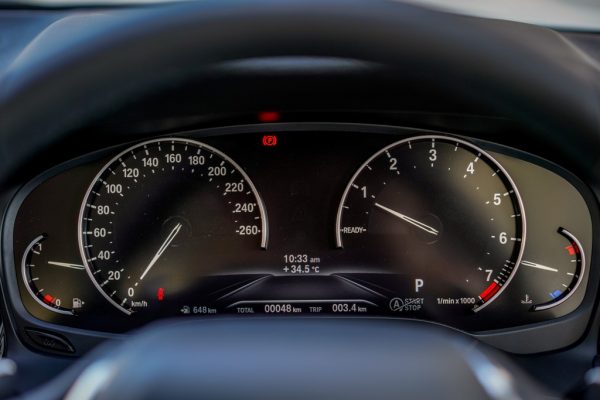
In terms of safety equipment, these two cars are comparable. Both scored 5 stars in 2018 and 2019 Euro NCAP tests. In Malaysia, these specific variants both come with stability control, 6 airbags, as well as autonomous emergency braking and lane departure warning.
The BMW’s biggest advantage is that its autonomous emergency braking system works between speeds of 5-60km/h while Mazda’s works between 4-30km/h. However, the Mazda 6 does come with a Blind Spot Monitoring System, missing on the 320i Sport. [BMW updated the 320i with this feature after launch].
Interestingly, both cars are available in similar shades with a white, light grey, and blue colour option from each. The Mazda is offered in a darker Meteor Grey versus Black Sapphire Metallic on the BMW and if you want a more shouty paint job, Mazda offers Soul Red Metallic while BMW gives you Sunset Orange Metallic.
Value
Finally, we arrive at value. Right now, according to the official Mazda Malaysia and BMW Malaysia websites, these cars are priced at RM204,288 and RM248,800 without insurance. The Penjana plan brings a discount of about RM7,000 and RM9,000 respectively until the end of the year. Both Mazda and BMW offer Malaysian customers a 5-year manufacturer warranty, though BMW does not put a mileage cap on this. That being said, Mazda are temporarily extending this warranty to 6 years as part of their 100th anniversary.
Both brands also offer free scheduled service including parts and labour, but speak to your service adviser on whether ‘wear and tear’ parts are covered.


